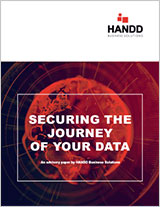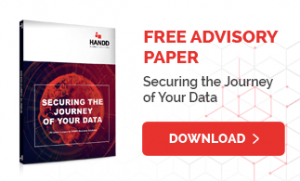DATA CLASSIFICATION
Gain control over unstructured data with information classification
Data Classification in the zettabyte era
Thomas Watson, founder of IBM, once said that 640KB (of storage) should be enough for anyone. Then the Digital Age arrived. Our conversations turned from kilobytes to gigabytes as we began storing calendars, task lists, images, movies and music as data. By 2025 it is expected we will produce around 175 Zettabytes of data a year.
It isn’t just the way we produce data that’s changed. How we use it has too. We mine it, trade it and value it. We even store it differently.
What is Data Classification?
Data Classification is the labelling of data with tags that tell us its level of sensitivity. By understanding the sensitivity of data, we can learn more about how your data travels; how it is created, stored, used and accessed – its journey. And, once you understand these things, it then becomes possible to secure that data, throughout its journey.
Download our free whitepaper Seven Reasons to Classify Your Data.
The reality is that you could be spending as much on securing the lunch menu as you are on protecting your customer’s data
Chris Farrelly General Manager at HANDD
The Power of Data Classification
-
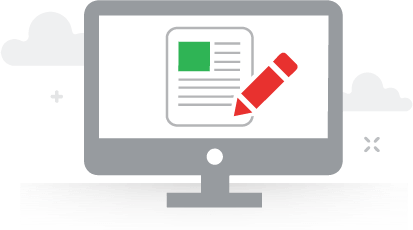
How Data is Classified
When data is created, tags are added that explain the value of the data. Like labelling boxes for a house move. These categorisations are applied to the data file in the same way that a file name is. These tags are created as metadata and can be visually stamped on the documents too. They travel with the document, wherever it goes, and can be read by other software to determine exactly what is in the document and how that data should be handled.
LEARN MORE
-
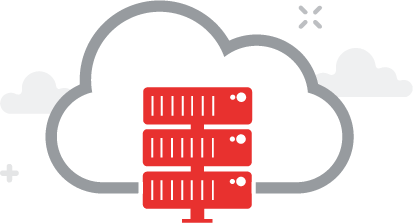
The Benefits of Classifying
Once your data is classified you become empowered to find it, use it, protect it and monitor it effectively. Data Classification enables you to understand and secure the journey of your data, keeping it safe from conception to deletion. With the ability to manage and retrieve data more quickly and identify data for deletion more easily, a reduction in data storage costs can be realised.
LEARN MORE
-
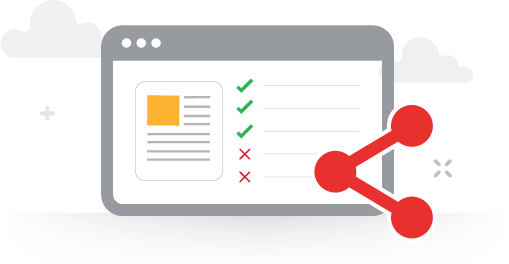
Achieving Compliance
By classifying their data, organisations can comply with increasing and continually-evolving data legislation. Data Classification provides the ability to discover (and gain control of) legacy data, not to mention protecting against data loss through the use of downstream security technologies.
LEARN MORE
-
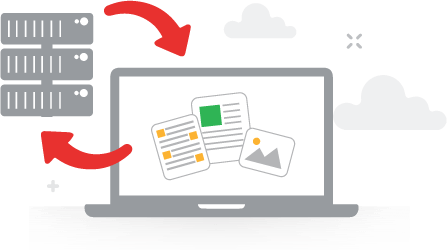
Gain Better Control
Data Classification provides more control over who can consume different types of data. It also enhances data visibility through auditing and reporting features so you can see exactly what is happening to your data once it has been created.
LEARN MORE
Deployments
We secure the entire journey of your data, from consultancy and technical design, right through to installation, training and support.
Challenge: Controlling data with vast user access
With over 4000 end users, an Insurance industry client came to HANDD for help. They needed to ensure policy details couldn’t be sent to unauthorised external parties by email. Using data classification, we identified and classified new documents containing policy numbers. Then we integrated the classification platform with the client’s Symantec DLP solution, enabling DLP to work more efficiently to ensure sensitive content only travels to cleared recipients.
Challenge: Managing compliance with large volumes of legacy data
With billions of records to sift through and strict compliance mandates, a global bank needed to get control over their legacy data. First, using a discovery tool HANDD helped them identify their sensitive data and discover where it was stored. Then, we labelled their data using Data Classification. This enabled them to apply protective measures efficiently to their most sensitive files for the first time.
Challenge: Ad-hoc application of protective measures
Staff typing SECURE into email subject lines to trigger downstream protection of sensitive data left plenty of scope for error. At this leading financial services organisation classification was inconsistent and ad-hoc. Security of delivery was unreliable. They contacted HANDD for help improving their classification processes. We implemented a Data Classification solution that would automatically classify emails. Integrating with a message gateway it prevents data falling into the wrong hands.
Challenge: Controlling data with vast user access
With over 4000 end users, an Insurance industry client came to HANDD for help. They needed to ensure policy details couldn’t be sent to unauthorised external parties by email. Using data classification, we identified and classified new documents containing policy numbers. Then we integrated the classification platform with the client’s Symantec DLP solution, enabling DLP to work more efficiently to ensure sensitive content only travels to cleared recipients.
Challenge: Managing compliance with large volumes of legacy data
With billions of records to sift through and strict compliance mandates, a global bank needed to get control over their legacy data. First, using a discovery tool HANDD helped them identify their sensitive data and discover where it was stored. Then, we labelled their data using Data Classification. This enabled them to apply protective measures efficiently to their most sensitive files for the first time.
Challenge: Ad-hoc application of protective measures
Staff typing SECURE into email subject lines to trigger downstream protection of sensitive data left plenty of scope for error. At this leading financial services organisation classification was inconsistent and ad-hoc. Security of delivery was unreliable. They contacted HANDD for help improving their classification processes. We implemented a Data Classification solution that would automatically classify emails. Integrating with a message gateway it prevents data falling into the wrong hands.
